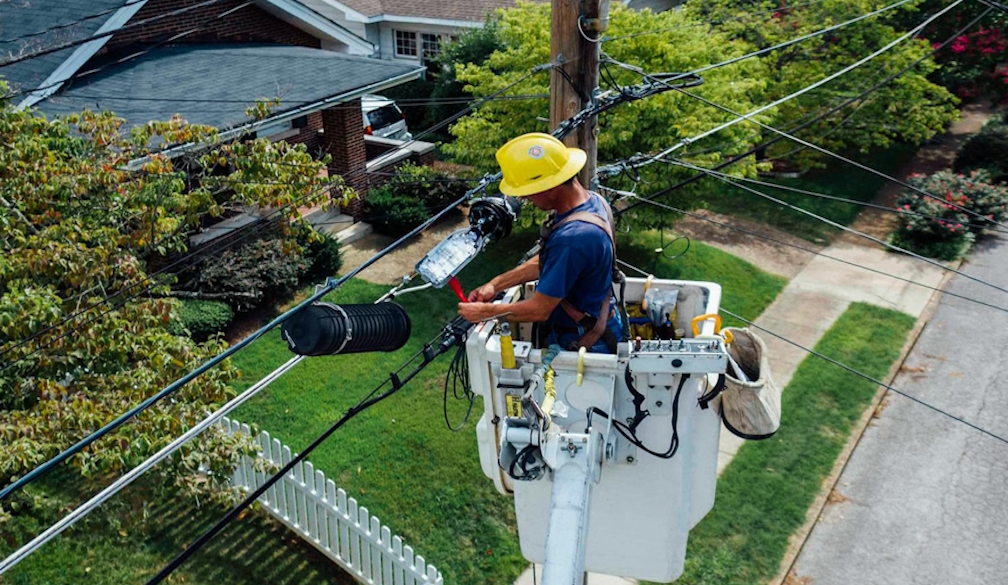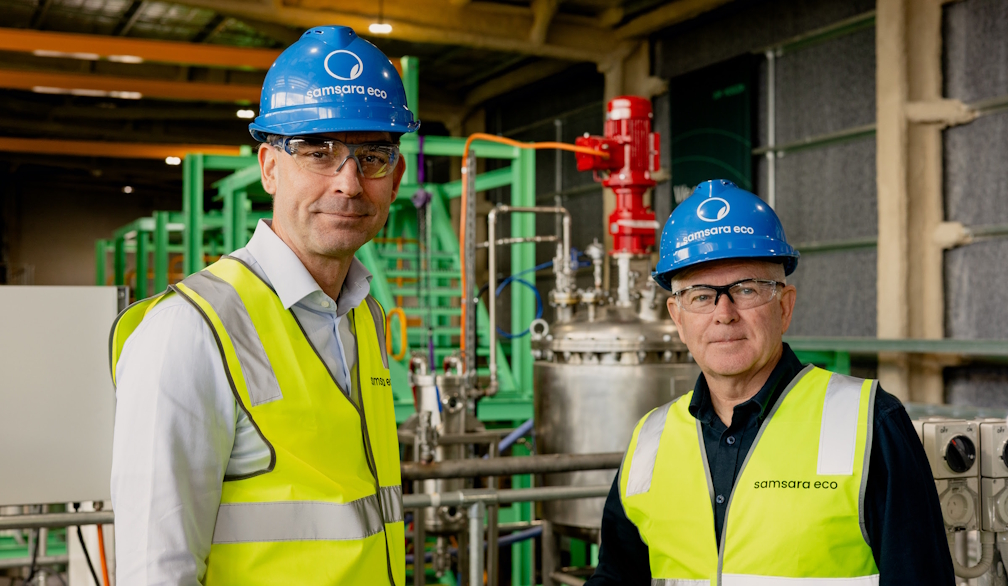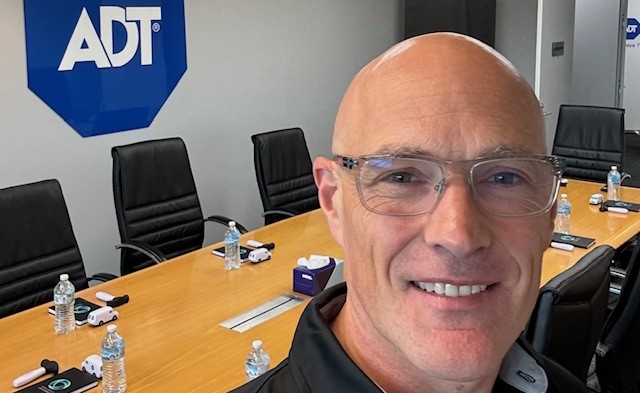Protecting Vulnerable and Lone Workers in Australia: Practical Measures for Safety

Across Australia, tens of thousands of employees work alone or in vulnerable situations every day. Whether it’s a community nurse making home visits, a service technician working in remote regions, or a retail employee locking up late at night, these workers face higher safety risks simply because help is not immediately at hand. For businesses, protecting lone and vulnerable workers isn’t just a moral duty – it’s also a legal obligation under the Work Health and Safety Act 2011.
So, what can companies do to safeguard their staff? The answer lies in combining technology, proactive risk assessment, and targeted training.
1. Risk Assessment and Policy Framework
Before implementing any specific measures, organisations should start with a clear risk assessment:
- Identify hazards – Consider physical risks (slips, trips, equipment failure), environmental risks (extreme heat, remote location), and human risks (aggression, harassment, medical emergencies).
- Evaluate likelihood and impact – Some risks, like equipment failure, may be less likely but highly dangerous. Others, like verbal aggression in customer-facing roles, may be frequent but lower-level.
- Develop clear lone working policies – These should outline when lone working is permitted, what check-in procedures are required, and what staff should do in case of emergency.
2. Types of Lone Worker Alarm Devices and Alert Mechanisms
Companies have access to a wide range of devices and systems designed to notify supervisors or emergency services when a lone worker is in trouble. Below are the main types, with examples and features that are relevant in Australia:
- SOS / Duress Alarms
- Manual Panic Buttons: Workers carry a small handheld device—often on a lanyard or key ring—that has a dedicated SOS button. Pressing it triggers an immediate alert. These are useful for urgent situations like aggression, assault, or suspicious behaviour.
- Wearable SOS—Discreet & Accessible: Some models are built into ID cards or pendants, making them discreet and always within reach. Example: the SafeTCard ID, which integrates a duress button with GPS tracking and a 24/7 A1 monitoring centre.
- Man Down / Fall Detection Alarms
- Motion and Orientation Sensors: Devices with built-in accelerometers and gyroscopes detect if the device falls or lies horizontal for a certain period. They raise an alert automatically, ideal when the worker may be unconscious or otherwise unable to press a button.
- TWIG ManDown devices can detect triggers like tilt/orientation, non-movement, free fall, or impact.
- SafeTCard Identicom models can be programmed with tilt thresholds and include a pre-alarm vibration phase to reduce false alerts.
- Free Fall + No-Movement Fusion: More advanced models, like TWIG’s ManDown+ or ManDown++, can detect even subtle incapacitations—e.g., fainting without a clear fall, or high-impact shocks.
- Check-In and No-Movement Alerts
- Timed Check-Ins: Workers must confirm they are safe at predetermined intervals. Missed check-ins automatically escalate to alerts.
- No-Motion Alerts: Some devices—and mobile safety apps—use sensors to detect total inactivity for a period, triggering an alert.
- Blackline G7 (a wearable) supports missed check-ins, automatically raising alarms if the worker fails to confirm they're okay.
- Mixed Mode: Manual + Automatic Alerts
Devices that combine manual SOS, automatic fall detection, and check-in timers offer the most versatile coverage.
- Mercari Lone Worker Devices include:
- Panic buttons (SOS)
- Man down / fall detection
- GPS tracking
- Two-way voice communication
- Geo-fence / safe-zone alerts
- Real-Time Tracking & Voice Communication
- GPS + Cellular / Wi-F Many devices send location data along with alarms, helping responders locate the worker.
- TWIG devices combine GPS/GNSS outdoors, plus Wi-Fi and Bluetooth indoors for more accurate location.
- Two-Way Audio: Once an alarm is triggered, some devices open a live voice channel, letting operators talk directly with the worker.
- SafeTCard Identicom opens live audio to their monitoring centre on activation.
- Blackline G7 has a built-in SOS latch that activates an audible, visible alarm and voice communication.
- Monitoring and Response Infrastructure
- Graded Alarm Receiving Centres (ARCs): In Australia, devices like SafeTCard and Securitas link to ASIAL-accredited Grade A1 monitoring centres that can dispatch local emergency services.
- Rental & Subscription Models: Companies such as Securitas Australia offer devices on short- or long-term rental with 24/7 monitoring, including for vulnerable late-night or temp staffers
3. Training and Preparedness
Technology alone isn’t enough. Workers must be equipped with the skills and confidence to protect themselves.
Situational Awareness and Personal Safety Training
- Recognising early warning signs of aggressive behaviour.
- Techniques for de-escalation in tense customer interactions.
- Planning safe travel routes and maintaining communication.
Emergency Response Training
- What to do if communications fail.
- First aid training, especially for those working in high-risk or remote environments.
- Clear escalation procedures: who to contact, when, and how.
Regular Drills and Refreshers
Safety training should not be a one-off event. Companies can:
- Run mock scenarios (e.g., a worker failing to check in, a medical emergency, or aggressive customer).
- Encourage open discussion of “near misses” so staff can learn from real experiences.
- Provide refresher training annually to keep procedures top of mind.
4. Building a Safety Culture
The most effective safety measures come from a culture where workers feel supported and empowered. This includes:
- Encouraging staff to report risks without fear of blame.
- Providing access to mental health and wellbeing resources.
- Making safety part of everyday conversation, not just a compliance requirement.
Final Thoughts
Protecting lone and vulnerable workers requires a layered approach – one that combines smart technology, practical training, and a strong workplace culture. Australian companies that take these steps not only meet their legal obligations but also demonstrate a genuine commitment to employee wellbeing.
After all, every worker deserves to know that their safety is taken seriously – whether they’re on the road, in the community, or locking up at the end of a shift.









